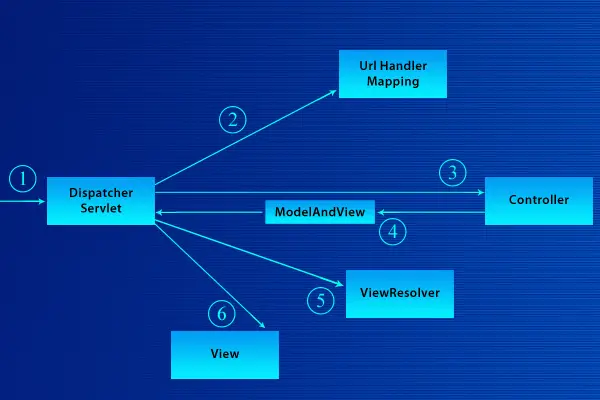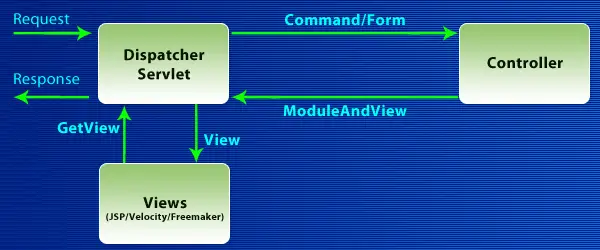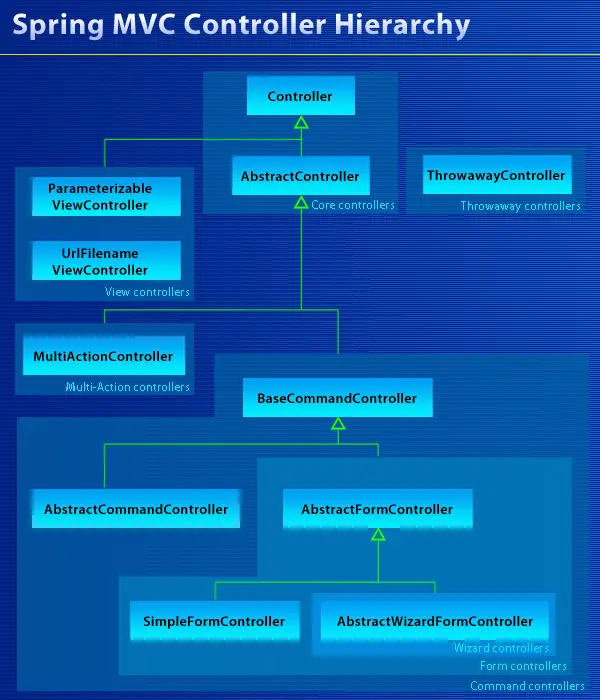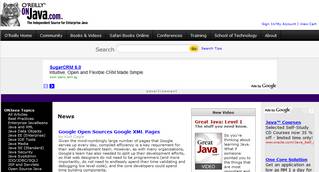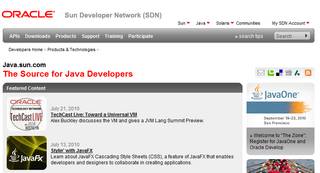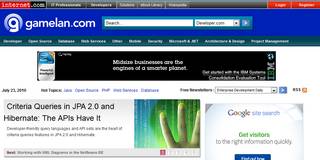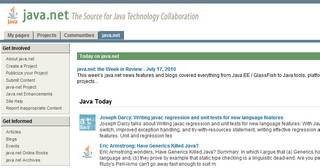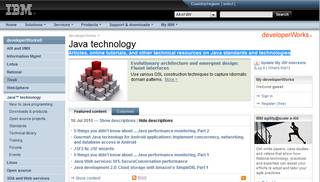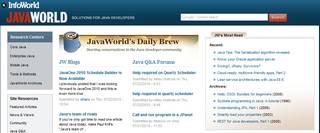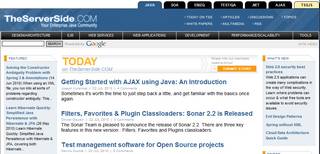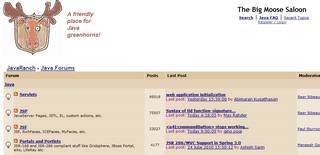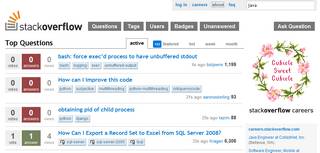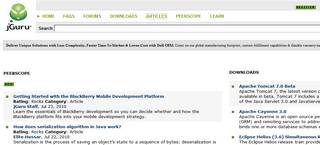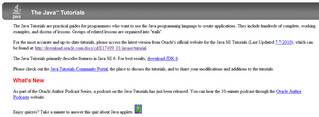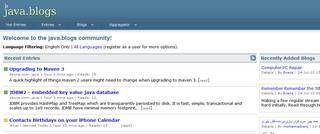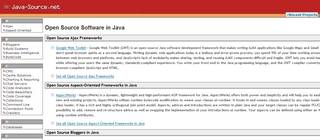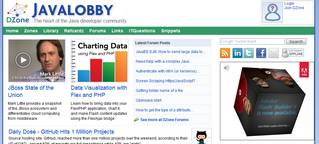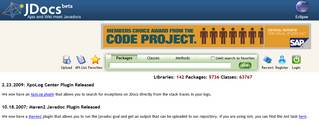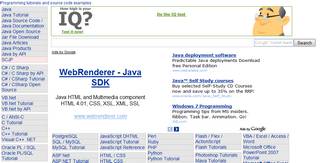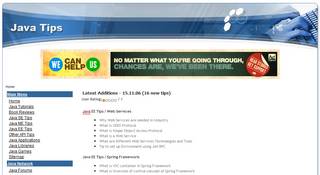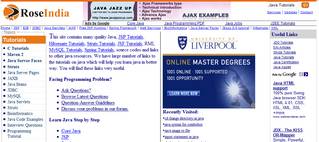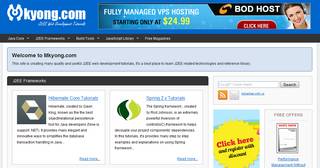For the time and energy I spent to install the Release candidate for Europa, I must admit that paying a few dollars for MyEclipse is definitely the right investment to do (although I am still missing a complete installer for Mac OSX, and a GlassFish/MyEclipse co-Bundle that would be installable in one shot).

I enjoyed the JSP editor (and renderer), as well as an extensive JavaScript support that should play well with our Ajax jMaki components (that are also available for Eclipse).
There are still a few issues in the Java EE 5 support of MyEclipse (for example, one cannot create JPA entity beans in a Web Application, or no pure Java EE 5 Web Services support -Axis is the only supported stack-, or that the fact you need to touch files like web.xml or ejb-jar.xml or application.xml to trigger a redeployment for exploded directories -when these files are now optional in the latest Java EE 5 specification which is all about ease of development and replacement of those xml files into Java annotations)-, but all I can say is that for people who want an Eclipse based IDE to do Java EE 5 development (and target the GlassFish application server), MyEclipse is certainly a very good option and worth the investment. Very soon, MyEclipse will switch to Eclipse Europa platform and the latest good stuff from WTP 2.0.
Registering GlassFish in MyEclipse is very easy, and deployment of Java EE 5 applications to it is simple:

Having said that, for people who have the freedom to look at a solution which is not Eclipse based, NetBeans 5.5.1 and the coming NetBeans 6.0 are also offering advanced (and complete) Java EE 5 support, including JSF, JPA, Web Services and more. NetBeans also updates automatically the GlassFish specific descriptors when needed and transparently.
In conclusion, it is good to see that there is a wide range of tools targeting Java EE 5, and it's best implementation so far: GlassFish:-)
Link:
http://weblogs.java.net/blog/ludo/archive/2007/05/glassfish_and_m.html

I enjoyed the JSP editor (and renderer), as well as an extensive JavaScript support that should play well with our Ajax jMaki components (that are also available for Eclipse).
There are still a few issues in the Java EE 5 support of MyEclipse (for example, one cannot create JPA entity beans in a Web Application, or no pure Java EE 5 Web Services support -Axis is the only supported stack-, or that the fact you need to touch files like web.xml or ejb-jar.xml or application.xml to trigger a redeployment for exploded directories -when these files are now optional in the latest Java EE 5 specification which is all about ease of development and replacement of those xml files into Java annotations)-, but all I can say is that for people who want an Eclipse based IDE to do Java EE 5 development (and target the GlassFish application server), MyEclipse is certainly a very good option and worth the investment. Very soon, MyEclipse will switch to Eclipse Europa platform and the latest good stuff from WTP 2.0.
Registering GlassFish in MyEclipse is very easy, and deployment of Java EE 5 applications to it is simple:

Having said that, for people who have the freedom to look at a solution which is not Eclipse based, NetBeans 5.5.1 and the coming NetBeans 6.0 are also offering advanced (and complete) Java EE 5 support, including JSF, JPA, Web Services and more. NetBeans also updates automatically the GlassFish specific descriptors when needed and transparently.
In conclusion, it is good to see that there is a wide range of tools targeting Java EE 5, and it's best implementation so far: GlassFish:-)
Link:
http://weblogs.java.net/blog/ludo/archive/2007/05/glassfish_and_m.html






